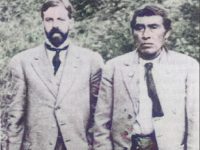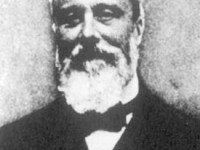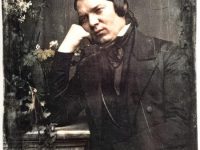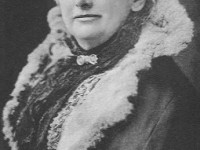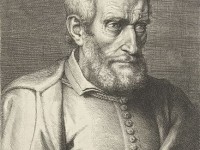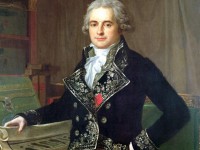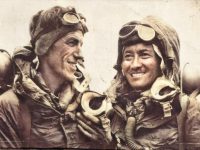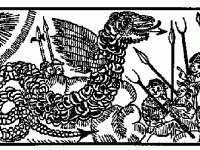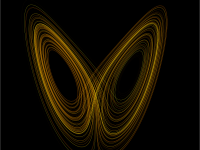Johannes Fabricius and the Observation of Sunspots
Probably on June 13, 1611, Frisian astronomer Johannes Fabricius published his Narratio de maculis in sole observatis et apparente earum cum sole conversione (Account of Spots Observed on the Sun and of Their Apparent Rotation with the Sun), which counts as the first published description of sunspots. Nevertheless, sunspots have been discovered earlier, as the first record of a sunspot drawing dates back into the 12th century to John of Worcester in 1128. Johannes…
Read more

